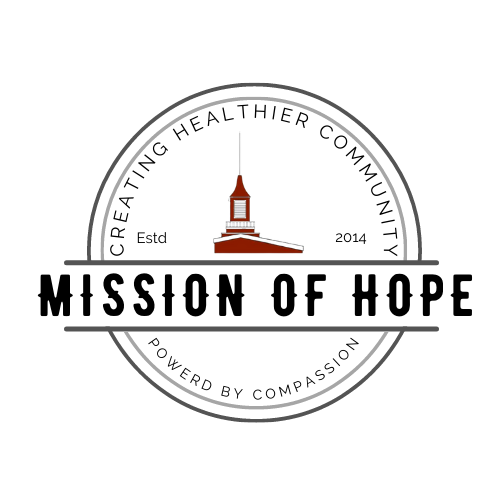Our Blog
The Intersectionality of Substance Use Disorder, Homelessness, and Poverty
Substance use disorder (SUD), homelessness, and poverty are three complex issues that are often interconnected. SUD can lead to homelessness, and homelessness can increase the risk of SUD. Poverty can also contribute to both SUD and homelessness.
Substance Use Disorder and Homelessness
People with SUD are more likely to experience homelessness than those without SUD. This is due to a number of factors, including:
- The cost of housing: Housing is expensive, and people with SUD may have difficulty paying rent or mortgage payments.
- Employment: People with SUD may have difficulty holding down a job, which can make it difficult to afford housing.
- Social isolation: People with SUD may withdraw from social relationships, which can make it difficult to find a place to live.
- Discrimination: People with SUD may face discrimination from landlords and employers, which can make it difficult to find housing and employment.
Homelessness and Substance Use Disorder
Homelessness can also increase the risk of SUD. This is due to a number of factors, including:
- Stress: Homelessness is a stressful experience, and stress can increase the risk of SUD.
- Access to drugs and alcohol: People who are homeless may have easier access to drugs and alcohol, which can increase the risk of SUD.
- Social isolation: People who are homeless may be more likely to use drugs and alcohol as a way to cope with stress and social isolation.
Poverty and Substance Use Disorder
Poverty can also contribute to both SUD and homelessness. This is due to a number of factors, including:
- The cost of housing: Housing is expensive, and people living in poverty may have difficulty paying rent or mortgage payments.
- Access to healthcare: People living in poverty may have difficulty accessing healthcare, which can make it difficult to get treatment for SUD.
- Stress: Poverty is a stressful experience, and stress can increase the risk of SUD.
- Social isolation: People living in poverty may be more likely to experience social isolation, which can increase the risk of SUD.
Addressing the Intersectionality of Substance Use Disorder, Homelessness, and Poverty
There are a number of things that can be done to address the intersectionality of SUD, homelessness, and poverty. These include:
- Providing affordable housing: Affordable housing is essential for preventing and ending homelessness.
- Providing access to healthcare: Access to healthcare is essential for treating SUD and other mental health conditions.
- Reducing stress: Reducing stress can help to prevent SUD. This can be done by providing support services, such as job training and financial assistance.
- Increasing social connection: Increasing social connection can help to prevent SUD. This can be done by providing opportunities for people to connect with others, such as through community programs and activities.
By addressing the intersectionality of SUD, homelessness, and poverty, we can help to prevent these issues from occurring and help those who are already experiencing them.
Phone
(920)-249-4553
info@missionofhopehouse.org
